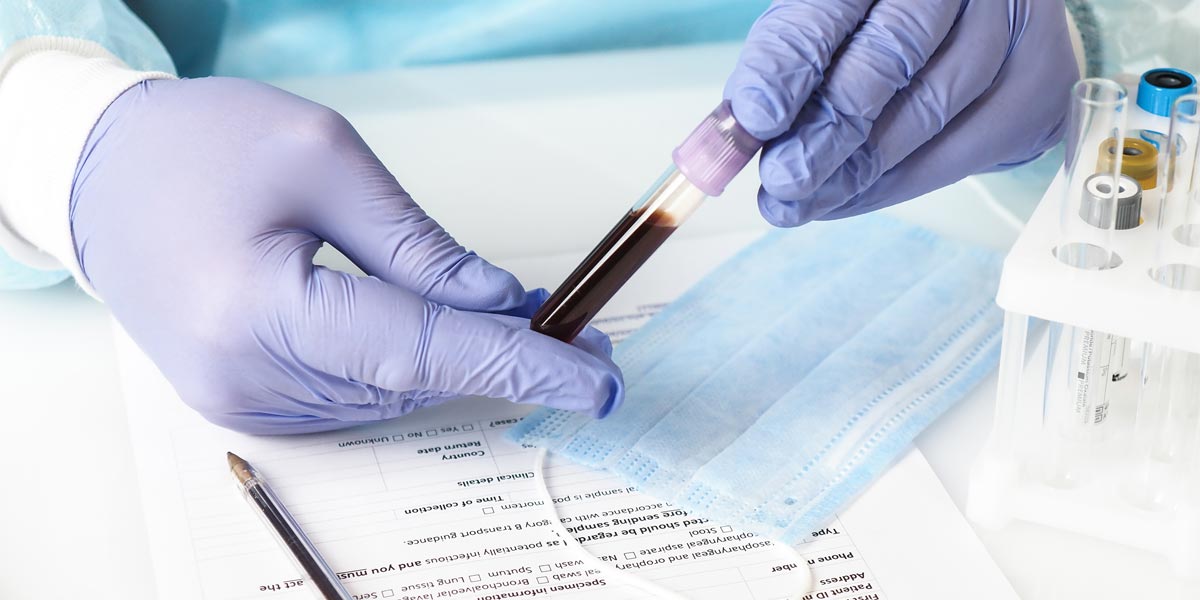Dyslipidemia is a condition in which the blood has abnormal lipids like triglycerides, cholesterol, and fat phospholipids. Let’s look at some important facts, such as the causes and treatment for dyslipidemia.
Prevalence and Statistics about Dyslipidemia in the US
- Between 2015 and 2018, about 12% of persons aged 20 and over had total cholesterol levels greater than 240 mg/dL, and about 17% had HDL cholesterol levels less than 40 mg/dL.[1]
- More than half of all individuals in the United States (54.5 percent, or 47 million) are taking cholesterol medication. [1]
- Total cholesterol levels in the United States are more than 200 mg/dL in about 94 million persons aged 20 and up. Total cholesterol levels in the United States are higher than 240 mg/dL in 28 million adults. [1]
- High total cholesterol affects 7% of American children and adolescents aged 6 to 19. [1]
Risk Factors for Dyslipidemia
Dyslipidemia can be caused by a number of factors, including:
- Having a history of elevated cholesterol in the family.
- Having hypothyroidism, a condition in which the thyroid gland is underactive.
- Being overweight.
- Not following a well-balanced diet.
- Over-indulging in alcoholic beverages.
- Being diabetic.
- Smoking
Complications of Dyslipidemia
Untreated dyslipidemia can cause plaque to build up inside your blood vessels, known as atherosclerosis. Dyslipidemia can lead to a variety of issues, including:
- Heart attack
- Stroke
- Coronary heart disease
- Carotid artery disease
- Sudden cardiac arrest
- Peripheral artery disease
- Microvascular disease
Prevention of Dyslipidemia
Changes in your lifestyle can help you avoid developing hyperlipidemia. You can accomplish things like:
- Quit smoking.
- Instead of sitting too much, keep moving.
- Maintain a low stress level.
- Make sure you get enough sleep.
- Consume nutritious foods.
- Reduce your intake of fatty meats.
- Avoid foods with the words “trans fat” on the label.
- Maintain a healthy body weight.
Diagnosis of Dyslipidemia
A simple blood test will tell whether your LDL, HDL, and triglyceride levels are high, low, or within a safe range. Because these figures might fluctuate year to year, doing annual blood tests is a smart idea. If you’re taking dyslipidemia medication, your doctor may recommend more frequent blood testing.
Treatment for Dyslipidemia
- Statins, bile acid sequestrants, ezetimibe, bempedoic acid, and PCSK9 (proprotein convertase subtilisin/kexin type 9) inhibitors are all used to treat excessive LDL cholesterol.
- Fibrates, omega-3 fatty acids, and other methods may be used to treat elevated triglycerides.
- Changes in lifestyle (exercise, dietary modification).
Wearable health technologies and digital weight scales can help you monitor your daily activities, exercise, calorie count, weight, and other relevant body parameters. Here are some related articles:
Body Composition: Knowing Your Numbers with DrKumo Digital Weight Scale
Smartwatch as a Wearable Healthcare Monitoring Device
References
- “High Cholesterol Facts | Cdc.Gov.” Centers for Disease Control and Prevention








